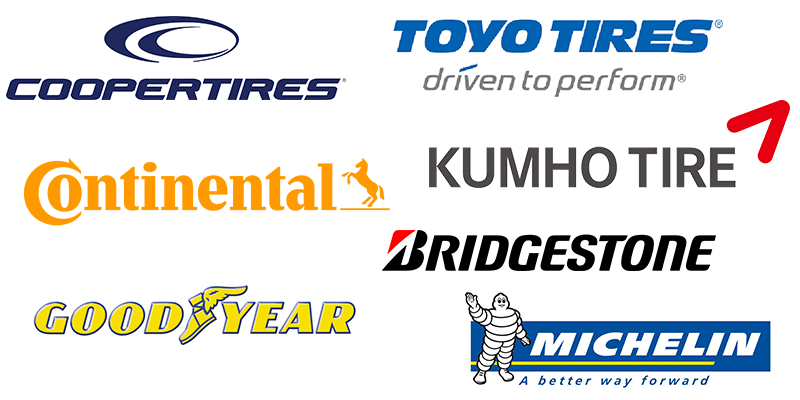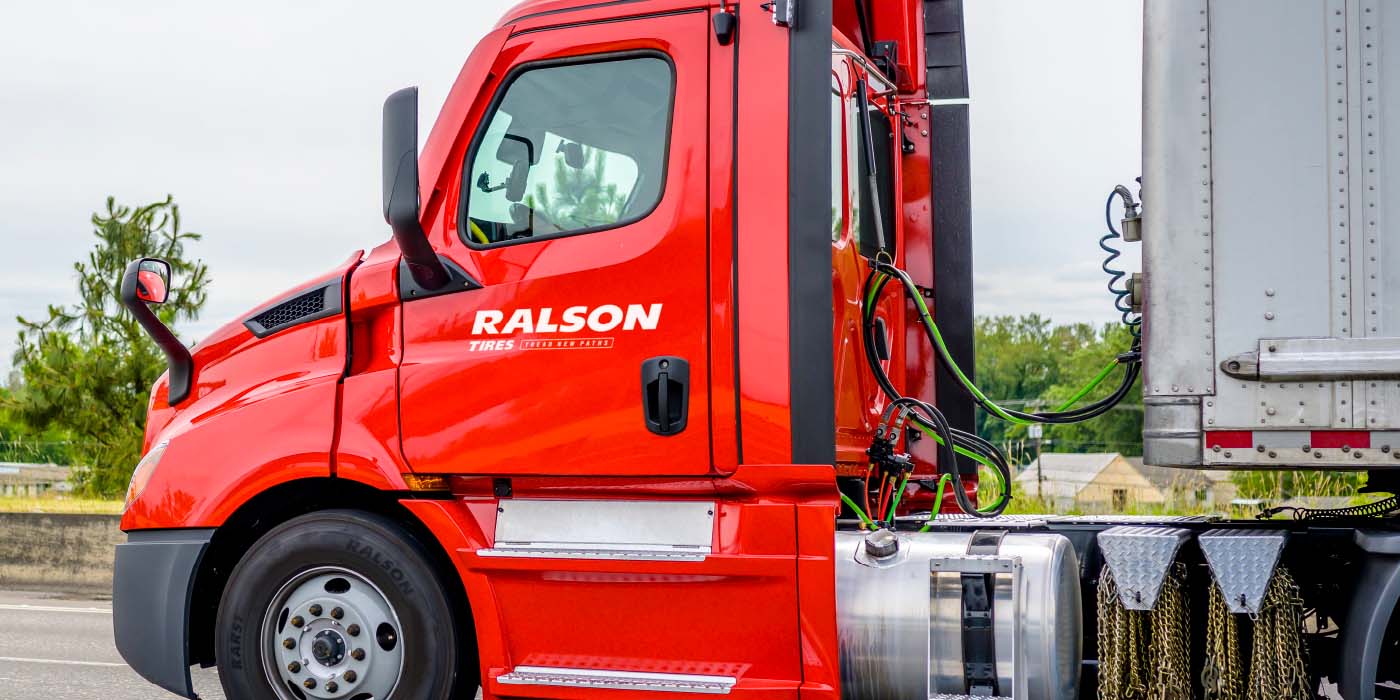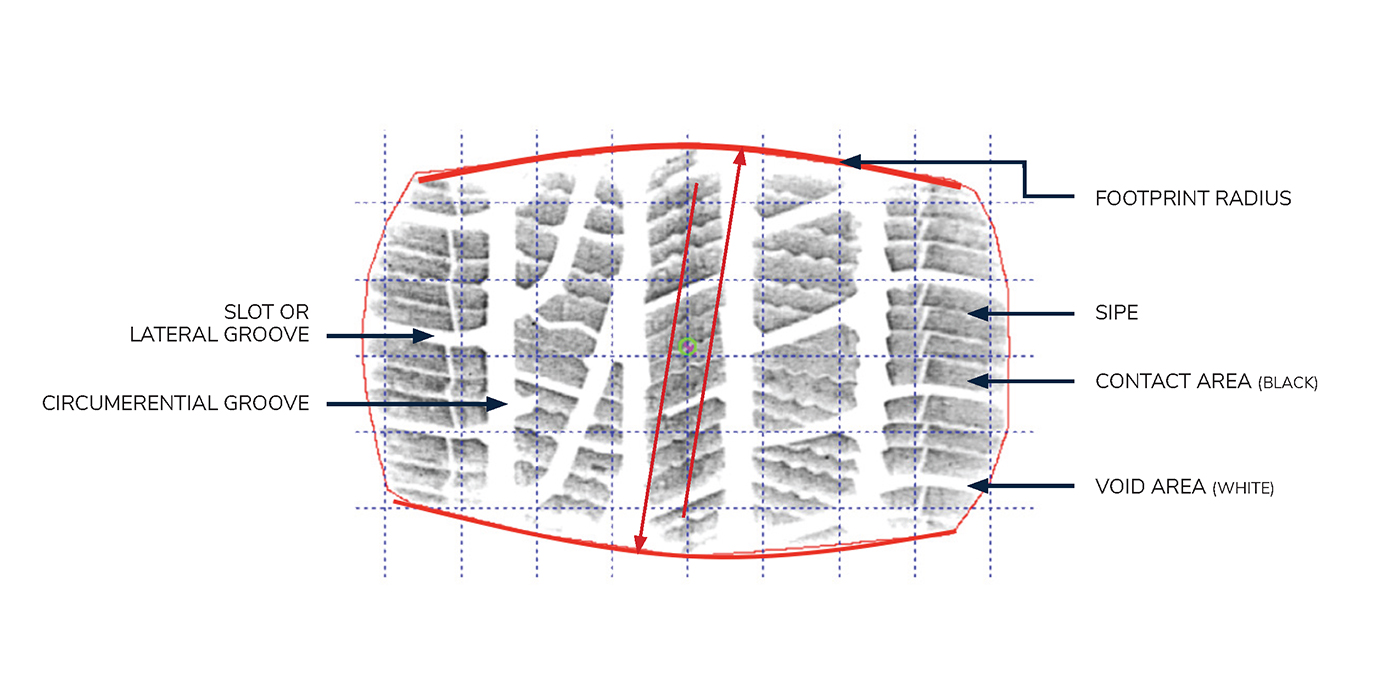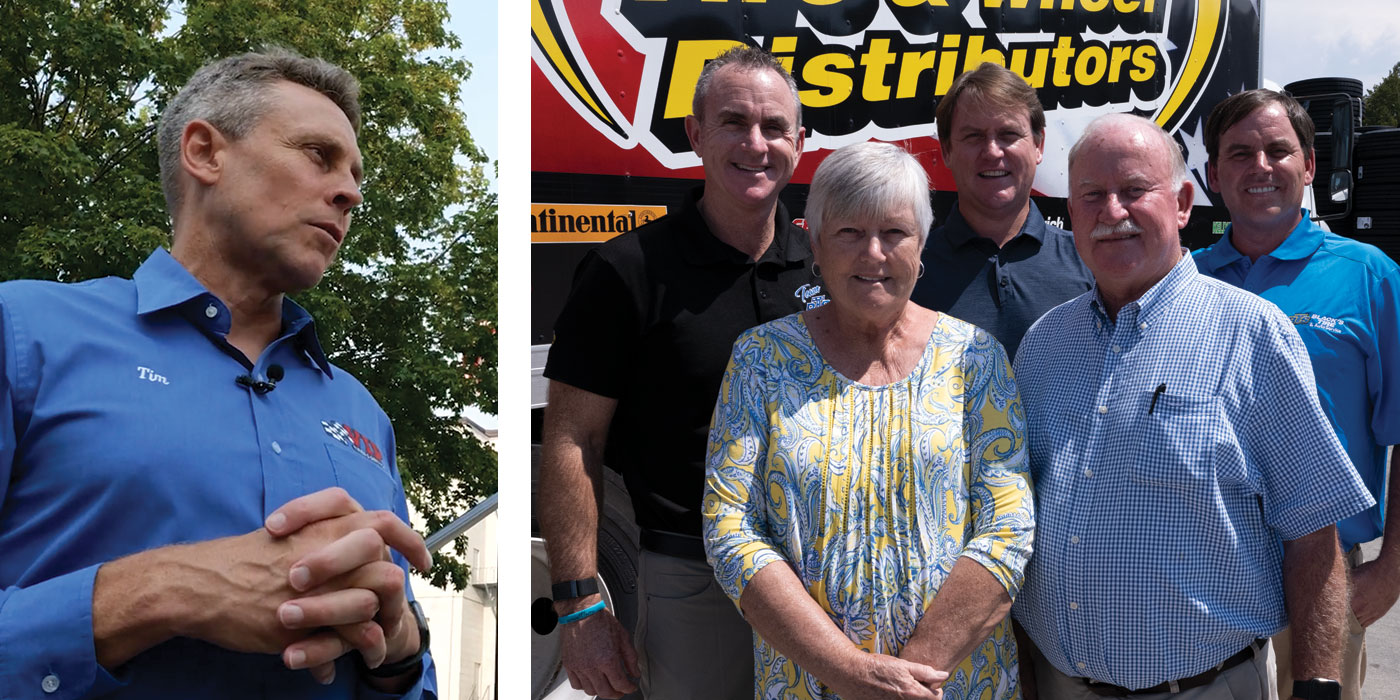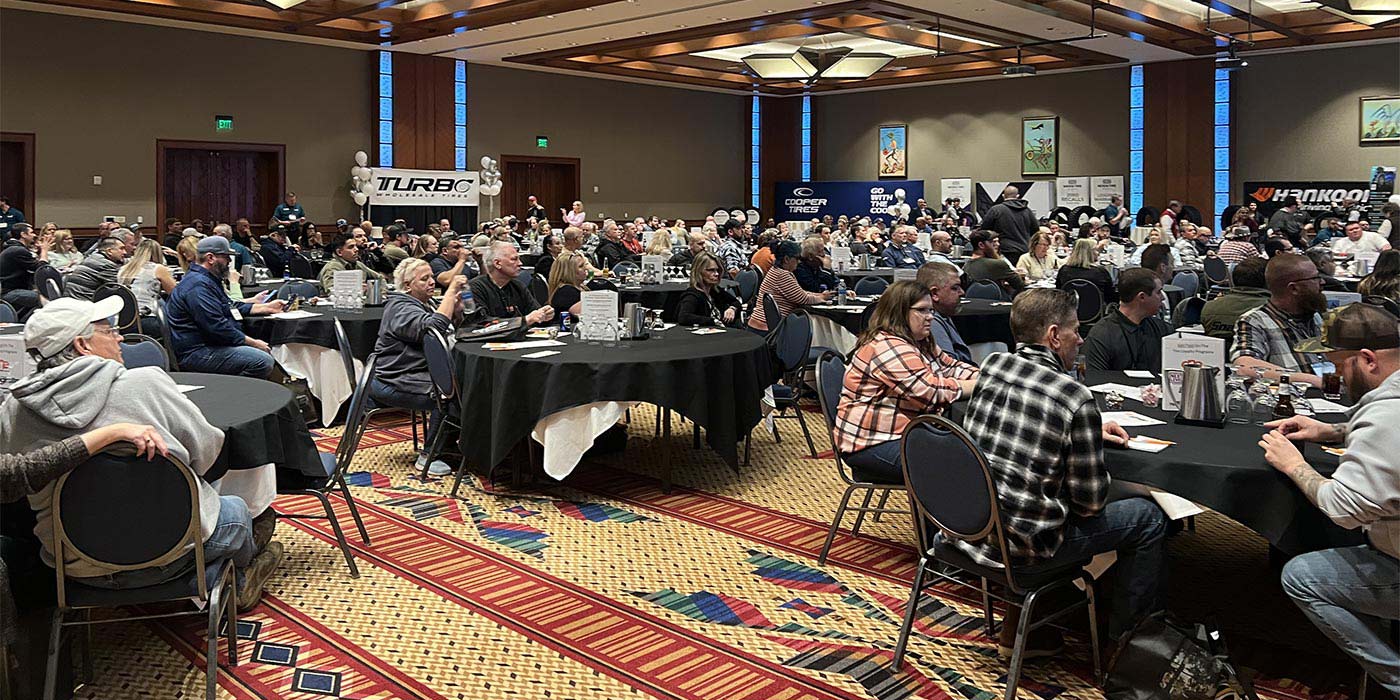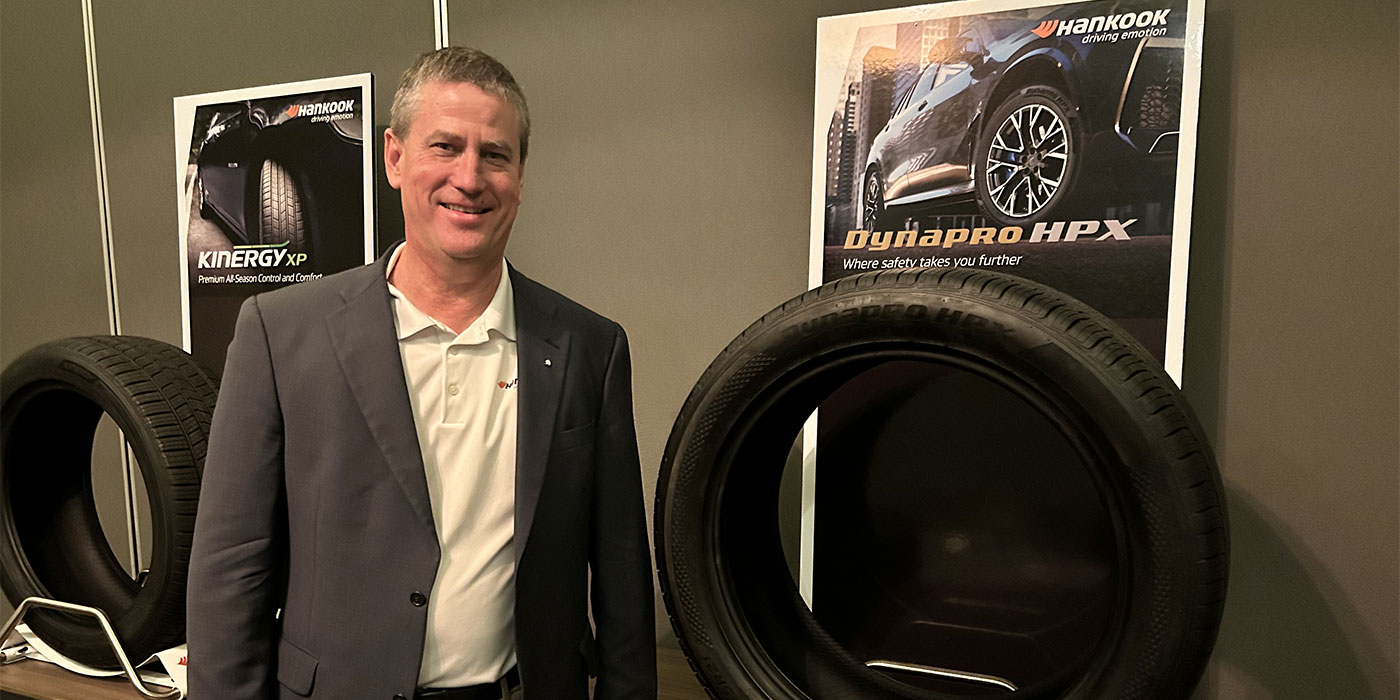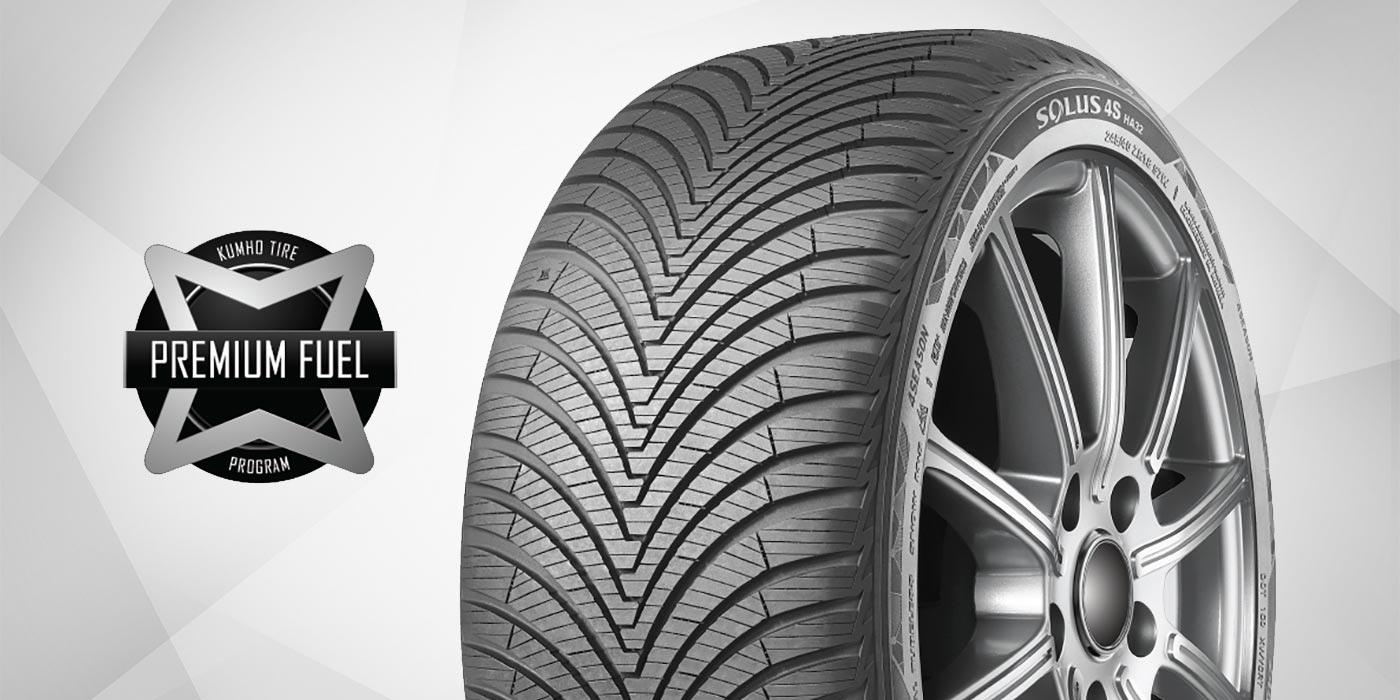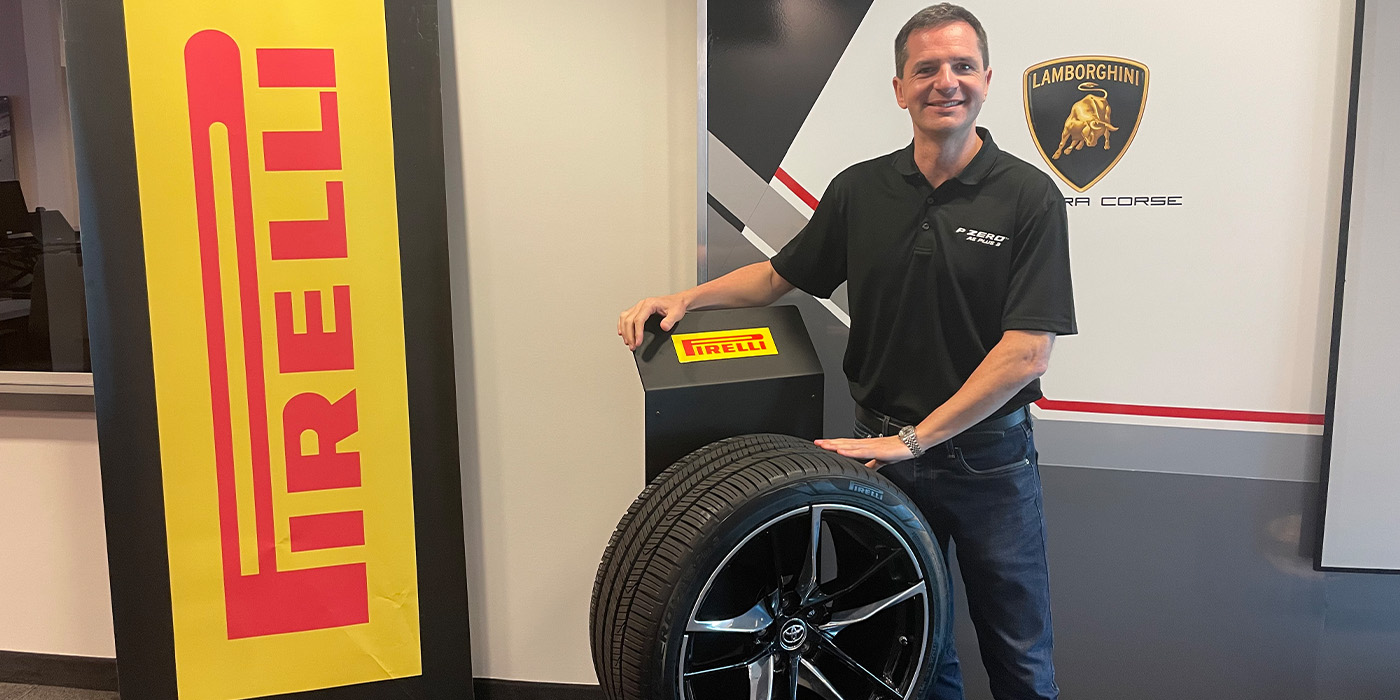Ask a dealer what tire brand he likes best and his answer is: “The one I can make the most money on.”
Over the past 10 years, dealers have been increasingly pinched when it comes to margins on tires. Add to that the growing competition in the marketplace and you can see why it’s more and more important to squeeze every last dime out of each transaction.
One way to do this is by taking advantage of the spiffs and programs offered by tiremakers and distributors, rewarding you for the volume you move.
And it’s a lot of volume. According to the most recent research by Statista, U.S. independent tire dealers were responsible for 78% of all replacement tires shipped (based on retail sales) in 2016 – a number that has slowly climbed since 2006. I mean, think about that! You – the beloved and begrudged independent dealer – sell 78% of all replacement tires produced and sold in the United States.
It’s what you do best.
So if you’re selling more, why doesn’t it seem like the manufacturers are rewarding you more?
I’ll get back to that in a minute.
On a daily basis, in tire stores across America, the conversation begins with the person at the counter (hopefully) asking the customer the right questions, followed by an opinion and a recommendation. Of course, dealers will provide consumers with options that are the best and safest choice for their budget. But with so many choices out there – and increasing levels of quality across the tiers – most dealers I’ve talked to are looking for that win-win: what’s best for the consumer that’s also the best for the shop. Factors include best margin, overall profitability and dealer incentives offered.
Those dealer incentives are the focus of our March issue. Just trying to condense the complexity of associate dealer programs has been a formidable challenge. Programs and offerings can be confusing to navigate. And I was also curious about what opportunities might be overlooked so dealers can make sure they are getting the most out of what’s available. Kudos to Denise Koeth – she did a great job gathering information and making sense of it all.
What’s included is what the companies were willing to share, but candidly, there could be more available to you if you dig for it. I recommend you go directly to your reps and ask them to “sharpen their pencil,” to quote my friend Jerry Wortham of Alyeska Tire in Alaska. Jerry absolutely hates the idea of manufacturer kickbacks and back-end money and pushes tiremakers to put it on the front end, on the invoice – instead of a $60 credit card rebate he tries to negotiate that off the tires. Because Alyeska employees share in a net-profit-based bonus, spiffs pose a problem.
Chris Monroe of Monroe Tire and Service in Shelby, N.C. is careful with his books, but he doesn’t let programs factor in at all. As a single location dealership, he simply does his best to buy the best tire at the best price and let the chips fall where they may.
In the same state with a different view is Marc Pons of Chapel Hill Tire, also in North Carolina. He chose to go with two programs, but he only asks his team to work the one that he believes provides the most value to the business.
A few weeks ago, I ran into 20-group coach Dennis McCarron and he confirmed that it’s getting increasingly difficult for smaller volume dealers to max out on all the programs available. Like Pons is doing at Chapel Hill Tire, he said it’s better to go “all in” on one to make sure you even have a chance. He also was critical of manufacturer expectations for dealers to increase volume year over year, pushing for higher goals in a flat market in order to continue to qualify for perks and cash-backs they’re counting on. And because the money is paid out annually or quarterly, it’s also hard for dealers to measure and project financials.
“It’s a pain point for a lot of the small guys,” he said. “For us to measure the business, we asked them to amortize that payment over the 12 months because if you just dump it in February, you’re fried…. You can’t manage your business that way.”
We both agree that tire dealers should re-evaluate programs every few years. There’s no one answer as to what’s the best program out there – most important is what’s best for your business. It helps to consider:
• How much is the program helping you with your margins?
• What impact does it have on your cash flow?
• Is the tiremaker/distributor supporting you as promised?
• Are you buying to qualify for the next trip (like a drug and you need that next fix), or are you getting the very best price and the trip is a nice extra?
• If you’re buying more for an effort to qualify, does that stop you from investing in new equipment or giving raises to your staff?
I am grateful for the opportunity to travel and cover industry business meetings. I applaud the tire manufacturers for finding ways to increase market share as they reward their high-volume dealers. And while they continue to dump massive marketing dollars into sponsorship campaigns of debatable reach and effectiveness, perhaps a stronger approach would be to further ramp up their support for their dealers. Include them in the discussion on how dollars are spent. Increase your marketing to those who actually do have an influence on the purchase decision. Invest in their success (versus quietly competing with them), and find more ways to help them make a profit. By improving their odds, my bet is that we’ll all win more often.
To your success,
Patti Renner

